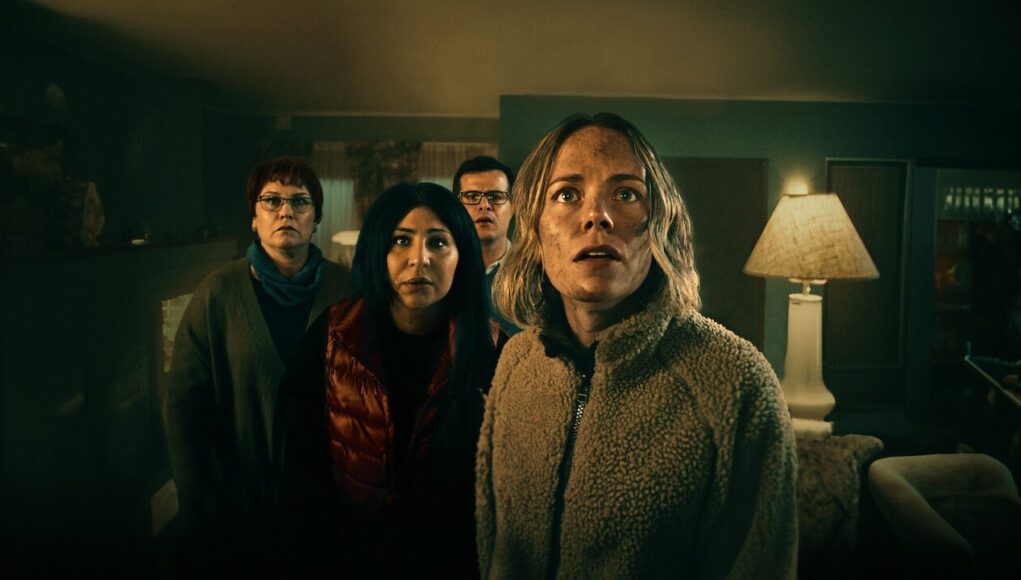If you’re a fan of spine-tingling tales, heart-pounding suspense, and the thrill of the unknown, the world of horror literature has something to offer you at every turn. From classic horror masters to emerging talents, the genre continues to evolve and captivate readers. In this guide, we’ll take you on a journey through the eerie and chilling realm of horror books, helping you stay up to date with the latest releases that are sure to keep you awake at night.
1. The Resurgence of Gothic Horror
Gothic trails carolina horror stories, with its dark castles, gloomy atmospheres, and eerie settings, has been making a comeback in recent years. Authors are reinventing classic elements to create fresh, terrifying experiences for readers. Contemporary writers like Sarah Perry, with her novel “Melmoth,” and Laura Purcell, known for “The Silent Companions,” have breathed new life into this timeless subgenre.
2. Psychological Thrillers with a Twist
The human mind can be a realm of untold horrors, and psychological thrillers have become a staple of modern horror literature. Authors like Gillian Flynn, with her chilling novel “Gone Girl,” and B.A. Paris, known for “Behind Closed Doors,” delve into the darkest corners of the human psyche. These books will leave you questioning the sanity of the characters and your own.
3. Supernatural Horrors for a Modern Audience
If you’re a fan of otherworldly creatures and supernatural phenomena, there’s no shortage of modern authors keeping the tradition alive. The “Southern Reach Trilogy” by Jeff VanderMeer, which inspired the film “Annihilation,” and the works of Paul Tremblay, including “The Cabin at the End of the World,” combine the paranormal with thought-provoking narratives that will haunt your thoughts long after you’ve turned the final page.
4. The Revival of Folk Horror
Folk horror is a subgenre that draws upon rural settings and folklore to craft its tales of terror. Authors like Andrew Michael Hurley, with his novel “The Loney,” and Max Porter, known for “Lanny,” are at the forefront of the folk horror revival. Their works tap into ancient fears and superstitions, bringing them into the modern world with a chilling twist.
5. Unsettling Short Stories
Short stories can be the perfect medium for horror, allowing authors to deliver a powerful punch in a small package. Authors like Carmen Maria Machado, known for “Her Body and Other Parties,” and Mark Laidlaw, with “White Knuckle,” excel at crafting concise yet chilling tales that will leave you with a lingering sense of unease.
6. Horror in Everyday Life
Sometimes, the most terrifying stories are those set in the mundane and everyday. Authors like Oyinkan Braithwaite, with “My Sister, the Serial Killer,” and Paul Cleave, known for “Joe Victim,” bring horror to familiar settings, making you question the people and places you thought you knew.
7. Supernatural Noir
Supernatural noir combines elements of classic crime fiction with supernatural elements, creating a unique and captivating blend. Authors like John Connolly, with his “Charlie Parker” series, and Tim Waggoner, known for “The Nekropolis Archives,” transport readers to gritty, paranormal-infested worlds where darkness lurks around every corner.
8. Non-Fiction Horror
Horror doesn’t always need to be fictional. Non-fiction horror books delve into real-life mysteries, tragedies, and the macabre. Works like “The Devil in the White City” by Erik Larson and “The Stranger Beside Me” by Ann Rule explore the darkest aspects of human nature and true crime, providing a chilling experience that’s all too real.
9. The Haunting World of Ghost Stories
Ghost stories have been a staple of horror literature for centuries, and contemporary authors are keeping the tradition alive. Books like “The Silent Patient” by Alex Michaelides and “The Woman in Black” by Susan Hill offer modern interpretations of spectral encounters that will send shivers down your spine.
10. Emerging Voices in Horror
The horror genre continually evolves, and new voices are emerging to push its boundaries. Keep an eye out for up-and-coming authors like Mexican author Silvia Moreno-Garcia, known for “Mexican Gothic,” and Nigerian writer Suyi Davies Okungbowa, with “Son of the Storm.” Their fresh perspectives and unique cultural influences promise to bring a new dimension to the world of horror literature.
11. The Influence of Technology
In a world dominated by technology, horror literature has embraced the digital age. Authors like Paul Tremblay, with “The Cabin at the End of the World,” and Dave Eggers, known for “The Circle,” explore the terrifying consequences of our dependence on screens, social media, and the ever-encroaching digital world. Learn how to use the Try Hard Guides Wordle Tool.
Conclusion
Staying up to date with the latest horror books means delving into a diverse and ever-expanding universe of terror. Whether you prefer psychological thrillers, supernatural horrors, or tales of everyday terror, there’s a book for every horror enthusiast. Be sure to explore both established authors and emerging voices to experience the evolution of the genre. So, grab a warm blanket, turn on a dim light, and immerse yourself in the world of horror literature, where the things that go bump in the night await your eager imagination.
























